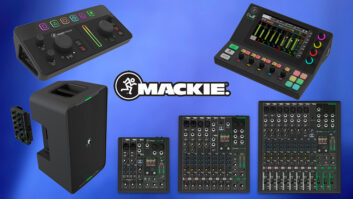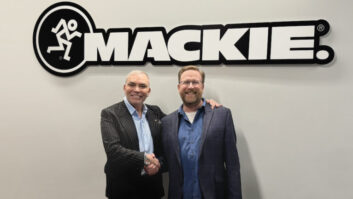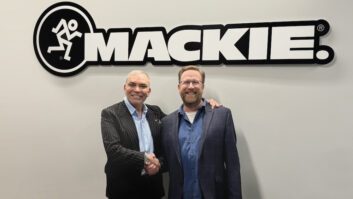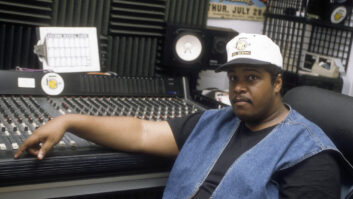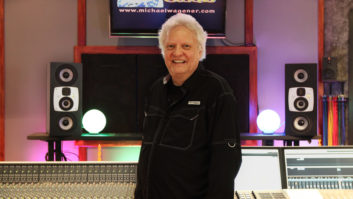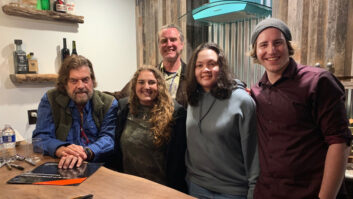Los Angeles, CA—September 2017…Michael Craver spends much of his time tracking, mixing, mastering, and producing in his suite at East Los Angeles’ Palmquist Studios. He also records at Bright Lights Studios in Santa Ana, California, and in his Pasadena home studio. Much of his work is with smaller indie bands, and having spent five years touring and recording as a guitarist with indie rock band Seahaven, he knows the indie scene well.

Because his room at Palmquist is mostly a production suite, Craver tracks drums and sometimes other parts at Bright Lights or in Palmquist’s Studio A, which is equipped with a classic Trident console. “Live performances are a big part of what I do, and I go back and forth between rooms a lot,” Craver observes. “Especially when tracking drums, I need to make sure the nuances are there and know what I’m actually capturing. That’s especially important when I am working in multiple places. So when I come back to my suite at Palmquist, being sure everything works together sonically is important to me. That’s what led me to the Mackie XR624 monitor speakers.”
Craver works a lot with music that’s heavy with reverbs and delays, which impacts what he seeks in a studio monitor. “With the Mackie XR624s, even with a lot of reverb and delay, I can hear my mixes with plenty of detail,” he asserts. “That stuff often gets lost with other monitors. XR624 monitors stay truthful across the whole frequency spectrum so I can ‘see into’ the entire mix, as opposed to just knowing what’s going on with the midrange or low end. The XR624s are consistent overall and give me a very accurate picture, especially in the deeper parts of my mix, where the sound is a lot more nuanced.”
Of course, Craver has used an assortment of different monitors during his tenure at Palmquist, as well as at other studios. He’s found strengths and weakness in each, and he notes, “working in a treated room like I have here, the weaknesses quickly become exposed. When I started working on the XR624s, it was a game-changer because they highlighted the flaws of the other speakers. And they’re perfect for the size of this room. They’ve been great!”
As so often happens in the music industry, the unexpected played a part in changing Craver’s viewpoint. “I was testing the XR624s,” he recalls, “and I pulled up a mix I had been working on with a previous set of monitor speakers. I ended up going back and doing a couple more prints of the mix because the XR624s showed me stuff I hadn’t heard on other speakers. I also found things I wanted to change in other mixes I had been working on, and the XR624s made it a pleasure to go back and fix those mixes.”
In describing his experience with Mackie XR624s, Craver uses a word one rarely hears when engineers discuss studio monitors. “They’re so muchfunto listen to,” he exclaims, “but they’re also great to work on. What makes a speaker fun to listen to is the fact that I’m not thinking about one frequency range in particular. I’m not thinking about the massive amounts of low end or midrange that I’m trying to sort through. I can forget that I have speakers going; I just sense the stereo image around me.”
Not only does Craver have more fun monitoring with his XR624s but the Mackie monitors let him keep having fun longer. “I don’t mind tracking on XR624s all day long at high volumes,” he confirms. “I don’t mind mixing on them all day at lower volumes. That’s because the entire time they sound well balanced, and they disappear in the sense that I’m not thinking about a set of speakers, just hearing my mix. That, to me, makes a great speaker. And I think that translates well to other devices, as when people are listening on consumer devices.”
Now, Craver is hooked. “Mackie XR624s let me get the mix where I want it quicker,” he declares. “They’re easy speakers to navigate, they’re fun to work with, and I get really great results. I love these speakers—a lot!”


